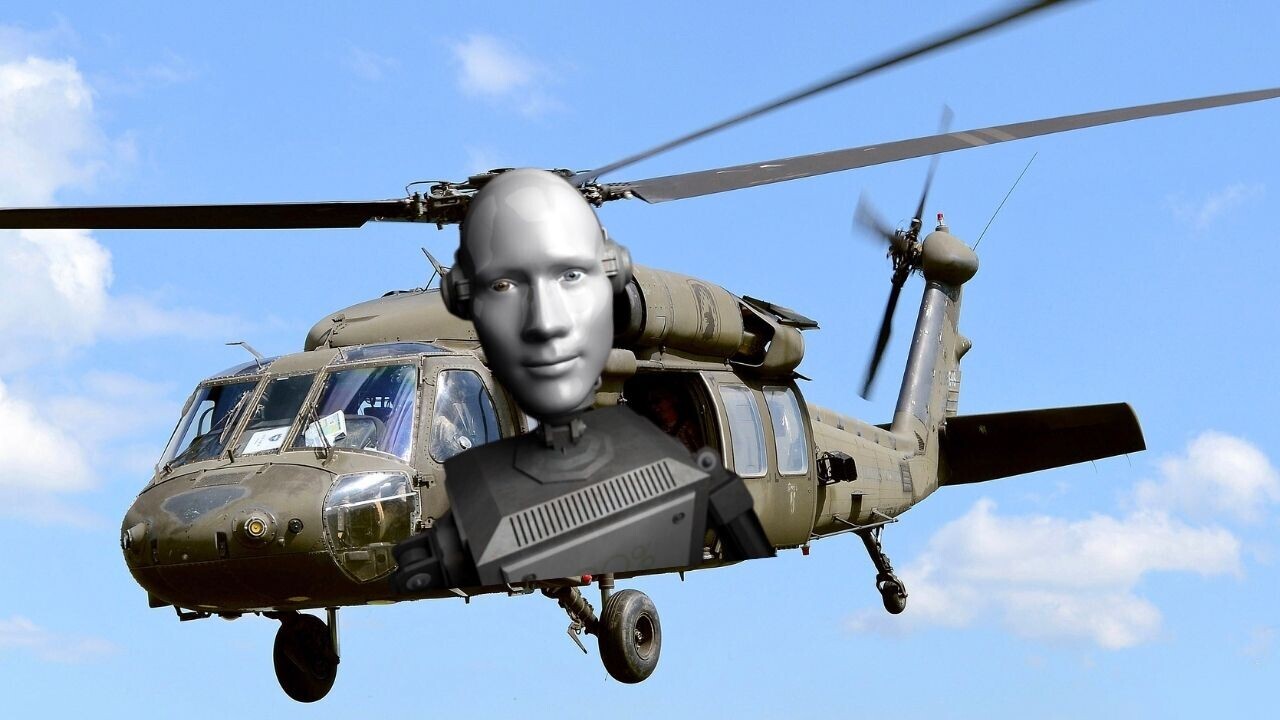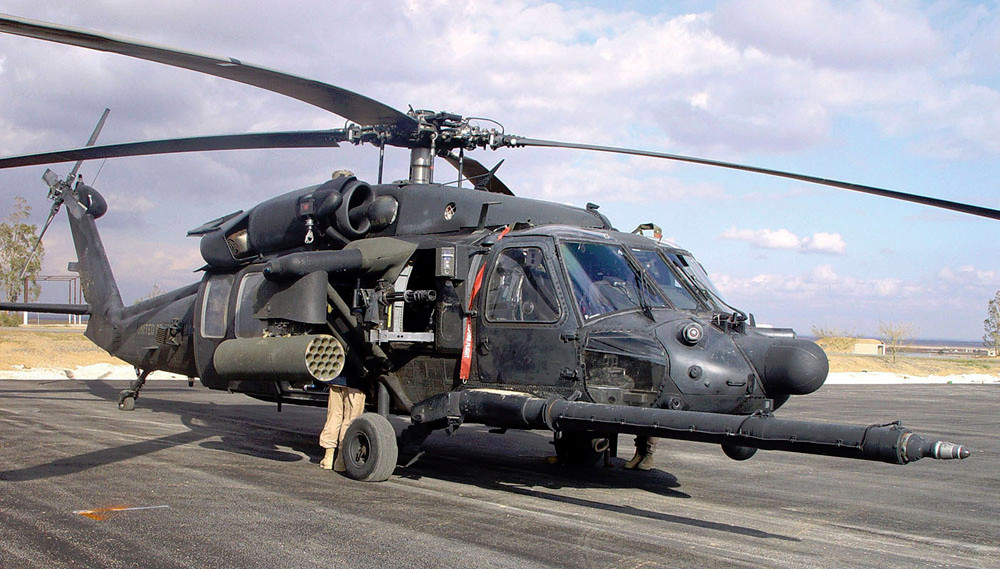Just How the Blackhawk Helicopter Provides Unrivaled Efficiency in Challenging Settings
Exploring the Thrills and Innovations of the Blackhawk Helicopter
The Blackhawk helicopter stands as a testament to armed forces aeronautics's development, combining technological innovations with sensible applications. What lies ahead for this legendary aircraft, and exactly how will arising innovations form its future in military operations?
Background of the Blackhawk Helicopter
Because its beginning in the 1960s, the Blackhawk helicopter has played a critical duty in contemporary armed forces air travel. Established by Sikorsky Aircraft, the UH-60 Blackhawk was designed to fulfill the U.S. Army's need for a flexible energy helicopter qualified of doing a variety of missions, consisting of army transportation, medical discharge, and freight airlift. The design was a reaction to the restrictions of earlier helicopters, especially in regards to survivability, maneuverability, and speed.
The Blackhawk made its first flight in 1974 and quickly entered service in 1979. Its introduction marked a significant improvement in helicopter innovation, featuring a two-rotor system that boosted performance and security. The aircraft's tough building and construction and progressed avionics enabled it to operate effectively in diverse settings and problems.
Throughout the years, the Blackhawk has actually been continuously upgraded, incorporating lessons picked up from different fight circumstances. Its implementation in disputes such as the Gulf Battle, Somalia, and the Battle on Horror more strengthened its credibility as an essential asset. The Blackhawk's legacy is identified by its flexibility and durability, making it a keystone of army aeronautics for years.
Secret Attributes and Specifications
The Blackhawk helicopter is identified by its durable design and advanced technological features, which collectively boost its operational capabilities. Developed primarily for energy missions, the Blackhawk flaunts a maximum takeoff weight of about 22,000 extra pounds, allowing it to lug significant hauls while preserving dexterity.
Furnished with 2 General Electric T700-GE-701C engines, the Blackhawk achieves an optimal rate of around 183 knots and a variety of 368 maritime miles - Blackhawk Helicopter. Its state-of-the-art rotor system includes a four-blade main blades and a four-blade tail blades, making sure security and ability to move in various flying problems
The helicopter's cabin can accommodate as much as 11 troops or numerous cargo arrangements, showcasing versatility in mission profiles. In addition, the Blackhawk is designed with innovative avionics, including electronic flight controls and an extensive cabin display, improving pilot situational awareness.
For improved survivability, the Blackhawk includes ballistic armor and self-sealing gas storage tanks. Its capacity to run in diverse settings, from deserts to icy terrains, additionally strengthens its track record as a reputable platform for armed forces and altruistic operations alike. The Blackhawk's mix of convenience, resilience, and power makes it a keystone of modern aerial abilities.
Developments in Innovation
Advancements in technology have considerably improved the capabilities of the Blackhawk helicopter, ensuring it remains at the forefront of army aeronautics. Among one of the most remarkable improvements is the combination of sophisticated avionics systems, which offer enhanced situational understanding with real-time data processing and display screen. This modern technology permits pilots to browse complex settings extra properly, boosting mission success prices.

Furthermore, the intro of digital fly-by-wire systems has actually revolutionized the control mechanisms of the Blackhawk, providing smoother handling and raised responsiveness. Collectively, these technical innovations ensure that the Blackhawk helicopter stays a vital possession in modern-day armed forces operations.
Functions in Armed Force Operations
With innovative technology improving its capabilities, the Blackhawk helicopter plays a complex role in armed forces procedures. Mostly, it is utilized for troop transportation, enabling fast release and removal of employees in numerous combat situations. Its sizable cabin can suit up to 11 troops, making it an essential possession for large-scale missions and special procedures.
In Addition, the Blackhawk offers as a medevac platform, equipped to carry damaged Home Page soldiers promptly and efficiently from the combat zone to clinical facilities - Blackhawk Helicopter. Its flexibility reaches logistical assistance, where it carries products and equipment critical for sustaining military procedures in remote locations

The helicopter is also instrumental in reconnaissance missions, providing aerial monitoring and intelligence-gathering abilities. Its ability to operate in varied environments-- varying from metropolitan settings to severe surfaces-- further solidifies its relevance on the combat zone.
In Addition, the Blackhawk can be equipped with sophisticated weaponry, enabling it to engage in combat and give close air assistance. This adaptability underscores the helicopter's integral duty in contemporary armed forces methods, making it an essential element of militaries worldwide.
Future Dopes and Innovations
Innovations in innovation pledge to introduce a brand-new age for the Blackhawk helicopter, boosting its abilities and operational efficiency. As the army landscape progresses, so too does the focus on incorporating advanced technologies right into rotary-wing aircraft. explanation Future growths for the Blackhawk might consist of enhancements in avionics, such as innovative flight control systems and boosted situational recognition devices powered by fabricated knowledge. These developments will certainly assist in a lot more exact navigating and decision-making in complicated settings.
Furthermore, the combination of unmanned systems is on the perspective, potentially enabling manned-unmanned teaming procedures that can expand objective accounts and reduce threat to employees. The Blackhawk's style is likewise anticipated to include lighter and stronger products, improving fuel effectiveness and general efficiency.

Final Thought
To conclude, the Blackhawk helicopter represents a substantial achievement in armed forces aeronautics, defined by its versatility and advanced technological attributes. Its historic development reflects a constant response to operational demands, enhancing abilities in different functions such as army transportation and medevac operations. Continuous innovations, consisting of the integration of expert system and hybrid-electric propulsion, assure to further reinforce the Blackhawk's efficiency and significance in future army involvements, ensuring its status as a necessary possession on the field of battle.

With sophisticated technology improving its abilities, the Blackhawk helicopter plays a complex duty in military operations. (Blackhawk Helicopter)